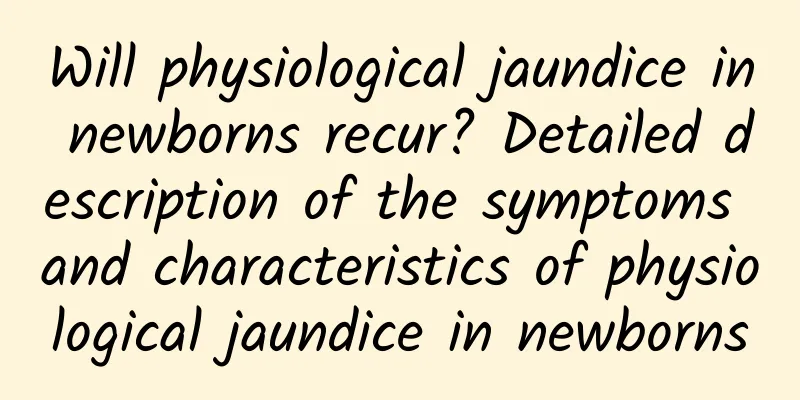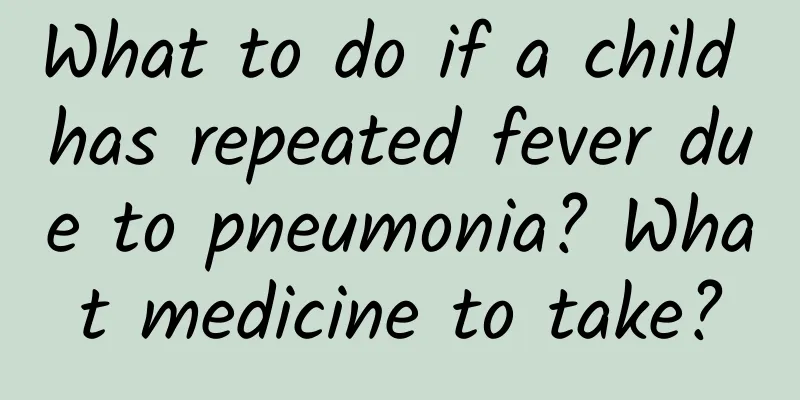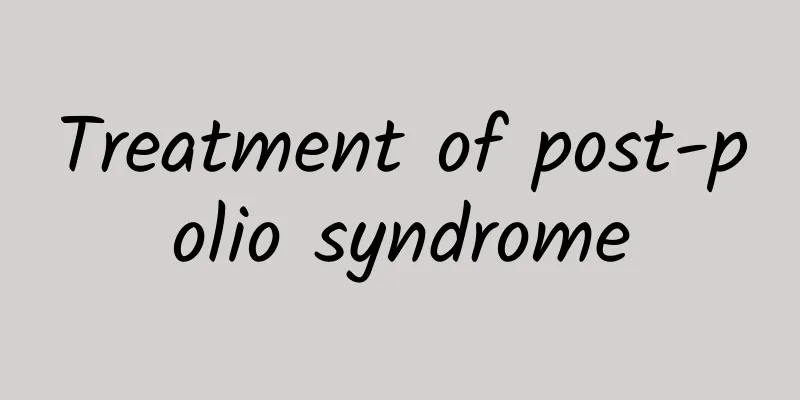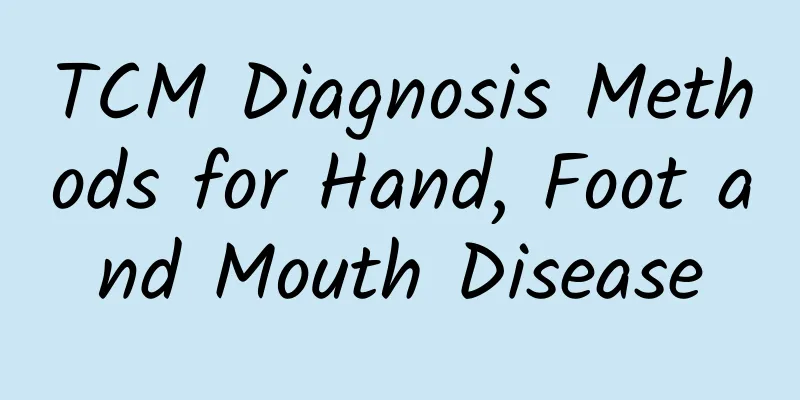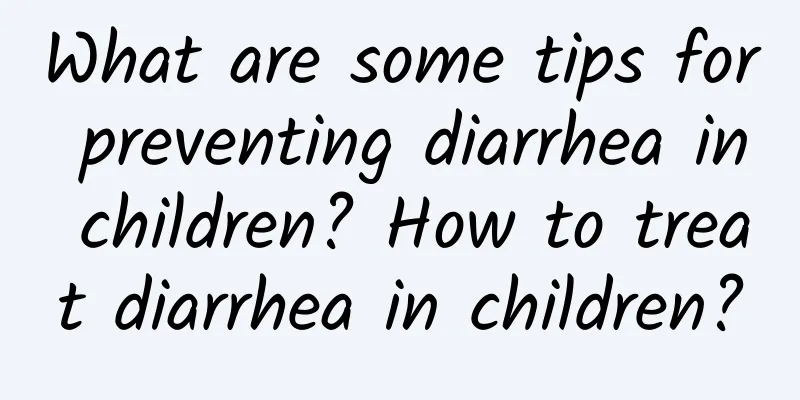How to treat high jaundice in newborn babies

|
Newborn babies with high jaundice usually need to be diagnosed based on the type of jaundice, whether it is physiological or pathological. Treatment includes light therapy, transfusion therapy, and drug therapy. Medical attention should be sought promptly to identify the cause and take intervention measures. 1. Possible causes of high jaundice Neonatal jaundice can be divided into two types: physiological and pathological. Physiological jaundice: It usually appears 2-3 days after birth and disappears naturally within 1-2 weeks. This is caused by the immaturity of bilirubin metabolism in newborns, which is affected by breastfeeding, immature liver function and other factors. Pathological jaundice: usually refers to a significant increase in bilirubin levels or a long duration, caused by other diseases, such as hemolytic jaundice such as maternal-fetal blood type incompatibility, infectious jaundice such as sepsis, viral infection, hepatobiliary diseases such as biliary atresia, etc. Pathological jaundice usually requires emergency intervention. 2. Treatment For infants with severe jaundice, it is important to choose the right treatment: Phototherapy: Phototherapy is the main method for treating neonatal jaundice. Through blue light irradiation, indirect bilirubin can be converted into water-soluble bilirubin that is easily excreted. It is usually performed in a hospital and is suitable for moderate jaundice or physiological jaundice. Exchange transfusion: When serum bilirubin concentrations are high enough to cause a risk of acute bilirubin encephalopathy, exchange transfusion may be necessary. This method rapidly reduces bilirubin levels by replacing part of the newborn's blood and is often used for severe pathological hemolytic jaundice. Medication: Medications such as enzyme inducers like phenobarbital or bilirubin binders may be used to help lower bilirubin levels, but they require evaluation by a professional physician and should be used with caution. 3. Daily care and auxiliary treatment For milder neonatal jaundice, parents can also take the following measures: Increase the frequency of breastfeeding: Breastfeeding helps babies excrete bilirubin faster. Once the baby is found to have high jaundice, appropriately increasing the frequency of breastfeeding can promote the excretion of bilirubin through feces and urine. Observe skin color and bowel movements: When jaundice is more obvious or the condition worsens, you should always contact the normal and healthy baby's stool is yellow and regular, while severe jaundice may cause abnormal stool color or reduced bowel movements. Avoiding high-risk factors such as premature birth: Paying attention to pregnancy health early and minimizing the possibility of being born prematurely or with low birth weight are important ways to prevent jaundice. It should be made clear that pathological jaundice or excessive jaundice may cause serious consequences such as bilirubin encephalopathy, and scientific intervention should be carried out under the guidance of a doctor. Early treatment and evaluation are the key to dealing with neonatal jaundice. Parents should take appropriate medical measures and daily care according to the doctor's advice, and closely monitor the baby's condition to promote healthy recovery. |
<<: What to do if you feel flustered, short of breath, and weak
>>: Is hand, foot and mouth disease in children highly contagious?
Recommend
Will the child's seizures recur?
Will convulsions recur? Pediatric convulsions are...
What are the best hospitals for pediatric diarrhea?
What are the good hospitals for pediatric diarrhe...
What are the main causes of diarrhea in children?
Pediatric diarrhea is one of the common diseases ...
Diet for children with diarrhea syndrome
Although there are many ways to treat diarrhea in...
What are the causes of kidney disease in children?
There are many causes of kidney disease in childr...
How to treat hand, foot and mouth disease in one-year-old babies
Hand, foot and mouth disease is a common infectio...
What are the key points in diagnosing polio?
Patients suffering from polio are generally child...
How to treat diarrhea and low fever in children
How to treat diarrhea and low fever in children? ...
How much does patent ductus arteriosus surgery cost?
The cost of patent ductus arteriosus surgery is u...
What kind of ointment can be used for children with eczema? 4 kinds of ointments can be used for children with eczema
At present, the most commonly used treatment meth...
What are the main examination bases for pediatric eczema?
When our baby has eczema, parents must not be ove...
What anti-inflammatory medicine is better for mumps
Mumps is a common chronic disease in life. The ne...
How to treat allergic eczema in children How to care for allergic eczema in children
Children's allergic eczema is generally treat...
What are the symptoms of eczema in a two-month-old baby? How to treat eczema in a two-month-old baby?
Many babies develop eczema on their faces shortly...
What is the cause of patent ductus arteriosus in newborns?
Patent ductus arteriosus in newborns is usually a...

